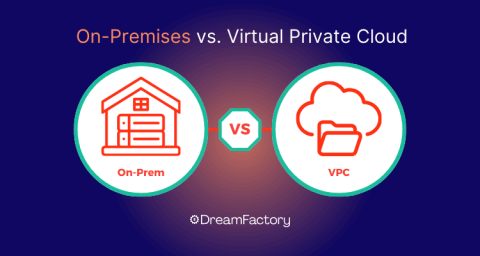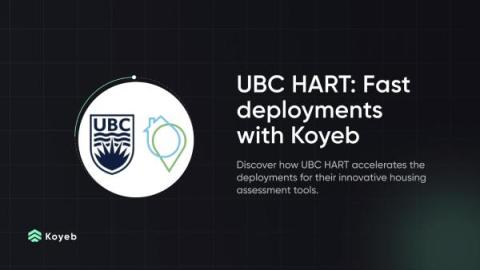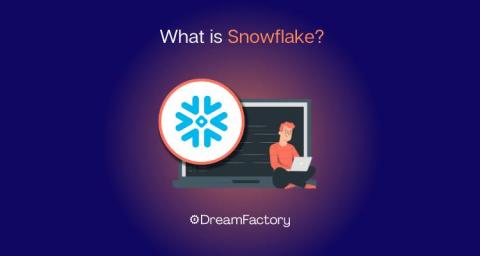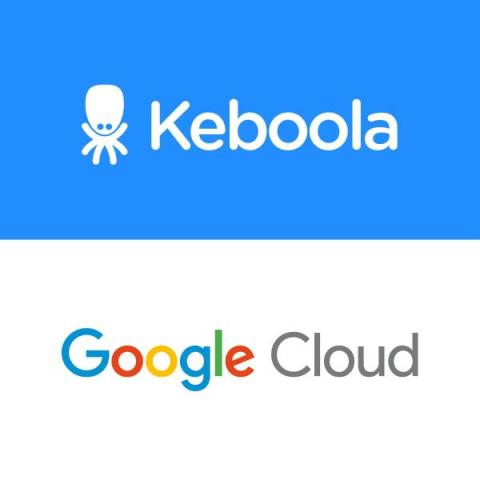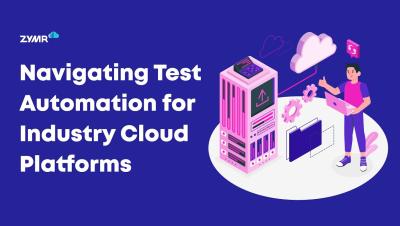Helix Core Introduces S3 Storage Support
As organizations continue to migrate to the cloud and search for ways to reduce costs, Perforce has released Helix Core 2023.2 – giving users the ability to connect their archive depots to S3-backed (or S3-compatible) cloud object storage. S3 storage support offers users a durable and convenient solution that grows automatically and indefinitely. In the following article I explain S3 storage, diving into the benefits of using S3 storage, and how to get started using S3 Storage within Helix Core.



